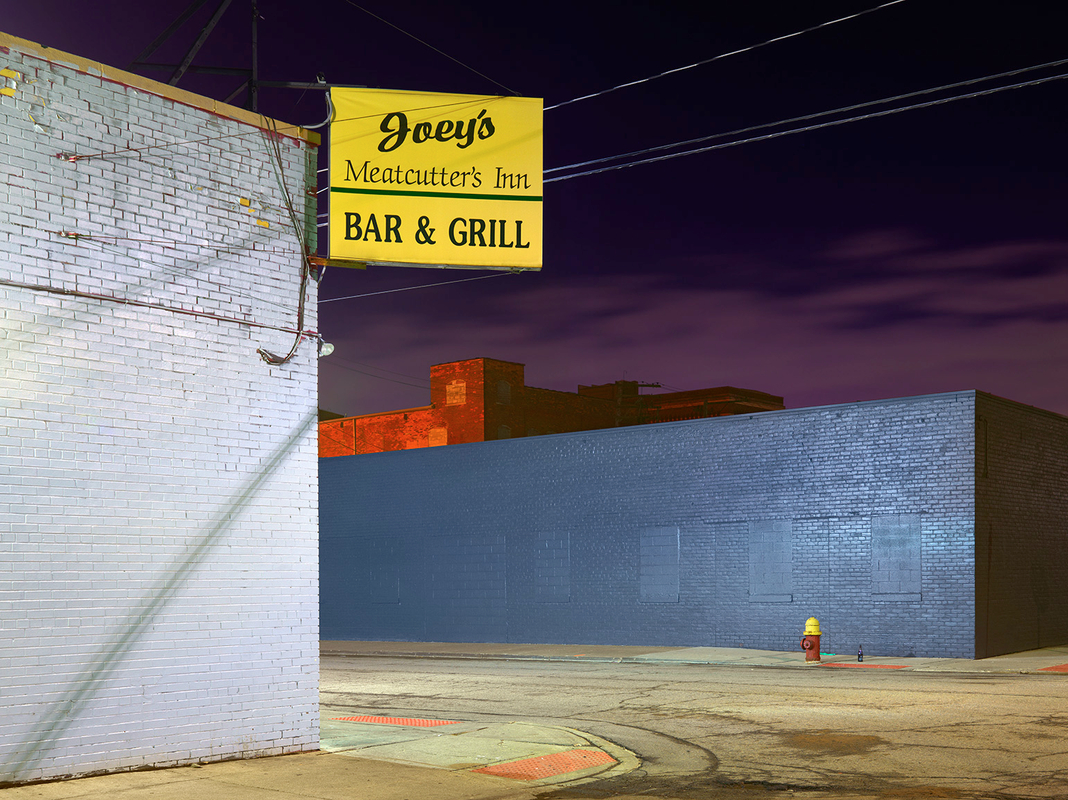The incentives of print/online clickbait aside, our author can’t just write about something so boring and conventionally dull as taking a walk through the city at night, partaking in the pleasures of the flaneur.
From the Atlantic: ‘Take Yourself On A Date‘:
A self-date is about reclaiming that control. The choice is yours: What would you do with your time if no one else got to call the shots? For how long would you do it, and when?
I’m assuming most men don’t read stuff like this, so the targeted reader needs to remind (W)omen there are responsibilities that go with (R)ights. The targeted reader ought think about the duties of (S)elf-Care, the burdens of market liberation, as well as how to (T)hink and what to (D)o as an Independent (W)oman and (S)elf in the (M)odern World.
I mean, you can’t handle that kind of freedom to take a walk, right? Nor be alone with your thoughts?
Therapeutic, conformist psycho-babble is pretty common out there.
As I age-out into irrelevance (Gen X), spinning sadly into forgetting, weakness and oblivion, I’d like to remind younger folks: I didn’t ask to be born in something like a Great Unwinding, either. I’ve found some poems, photographs, music and paintings which I love. I hope you come to appreciate them, too. I’ve found work which challenges me, and some principles I find worth defending (speech, property, and the honor freedom requires).
Everybody wants to be a (S)elf, nobody wants to be a (S)elf.
I’m pretty sure: The nihilist fog has settled in and will be here for awhile. American politics will likely become even more contentious. Political parties will be increasingly full of (S)elves and (C)auses, as well as the odd principle. Cynicism and ironic detachment will wear much easier than patient duty. Many institutions are becoming captured by true-believers and thus, much less efficient. Righteous people, of course, will often prevail (not necessarily right, nor truthful, nor reasonable…especially in groups and through the laws).
If you’ve read thus far, thank you, so here are some past thoughts and links for free:
We should be comforted when corporate/bureaucratic art is bland, bad, and uncommunicative. After all, do you think you’d trust a bank more or less if it had a shocking modern/pop art sculpture in the lobby?
What about when their marketing team tells you how you should think, behave and act?
The attempt to seek collective purpose and postmodern meaning in modern art, music and even cartoons etc. is fast upon us. The flirtations with nihilism can encourage more desperate collectivist/ideological impulses to fill the void. The excesses are many.
As for a critique of Albany Plaza, another modernist/bureaucratic concrete wonderland, here’s Robert Hughes:
—————
Some snippets of previous posts:
James Lileks responds to an Atlantic piece which reflects upon the modernist influence. From the Atlantic piece.
‘At their best, the Schiffs can be models for renewing the unquenched aspiration of a century ago, to place art and its imaginative demands at the center of an effort to build a more humane future’
Humane. Human. Human rights. Make it new. Break with the past. Shape man’s destiny upon new foundations of knowledge, explore new possibilities, and perhaps shape men themselves.
Why, there’s a whole philosophy under there. Not a religion necessarily, and not always moral claims to knowledge, but a whole framework nonetheless.
Well, some of it, anyways.
Related On This Site: MOMA is private, so perhaps it’s not as decadent if they display Tilda Swinton in a box:
Tilda Swinton At MOMA-From Arma Virumque: ‘Nightmare In A Box’
…From The City Journal Via Arts And Letters Daily: Andre Glucksman On “The Postmodern Financial Crisis”
Roger Scruton says keep politics out of the arts, and political judgment apart from aesthetic judgment…this includes race studies/feminist departments/gay studies etc.: Roger Scruton In The American Spectator Via A & L Daily: Farewell To Judgment
Goya’s Fight With Cudgels and Goya’s Colossus. A very good Goya page here.
Joan Miro: Woman… Goethe’s Color Theory: Artists And Thinkers…Some Quotes From Kant And A Visual Exercise
A Reaction To Jeff Koons ‘St John The Baptist’
Denis Dutton suggests art could head towards Darwin (and may offer new direction from the troubles of the modern art aimlessness and shallow depth) Review of Denis Dutton’s ‘The Art Instinct’
Repost-Via Reason: ‘Salvador Allende’s Cybersocialist Command Center’
Two ways around postmodernism, nihilism?: One is Allan Bloom Update And Repost: ‘A Few Thoughts On Allan Bloom–The Nietzsche / Strauss Connection’…A structure in the desert…not even a city Update On LACMA, Michael Heizer And The ‘Levitated Mass’-Modern Art And The Public;..

